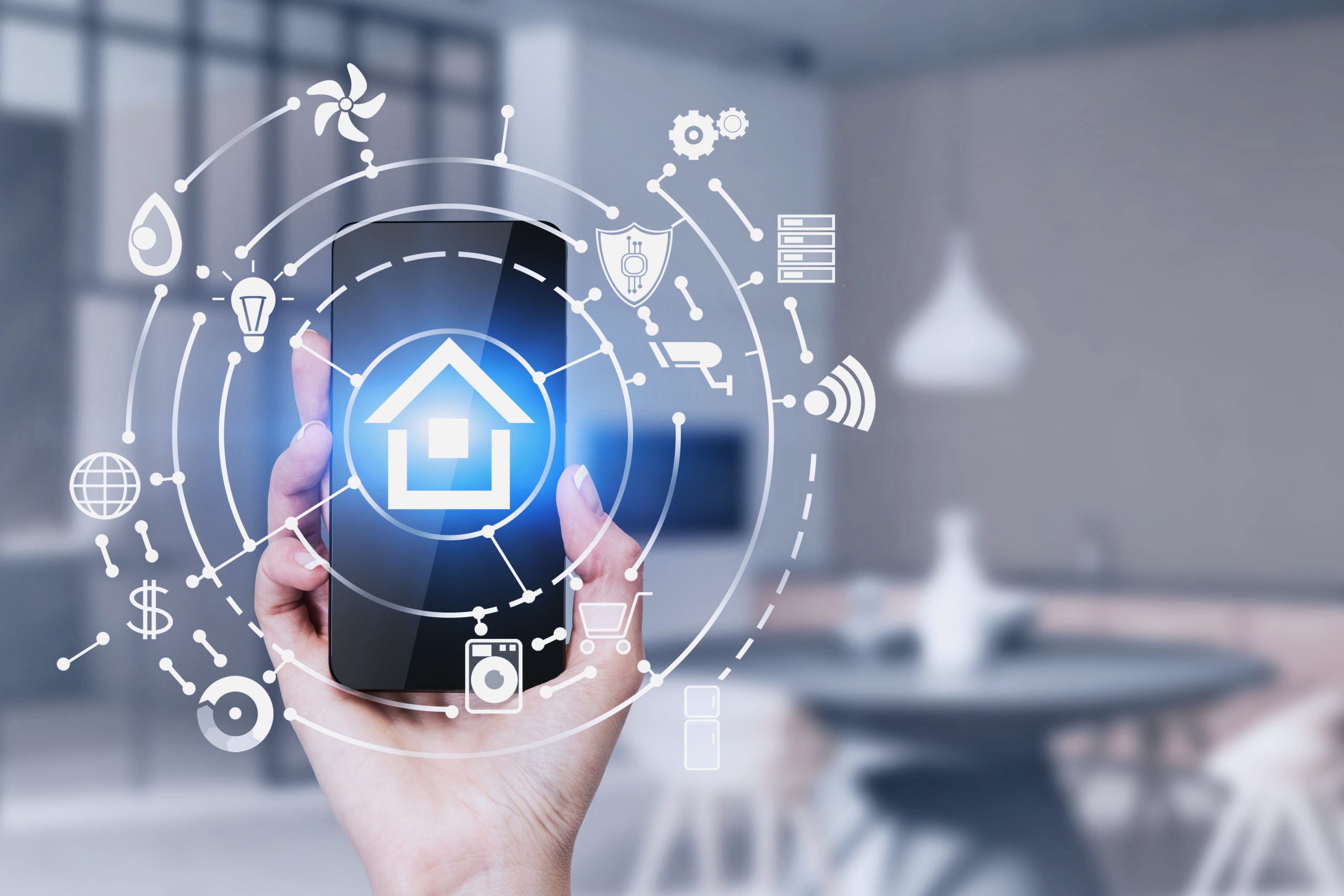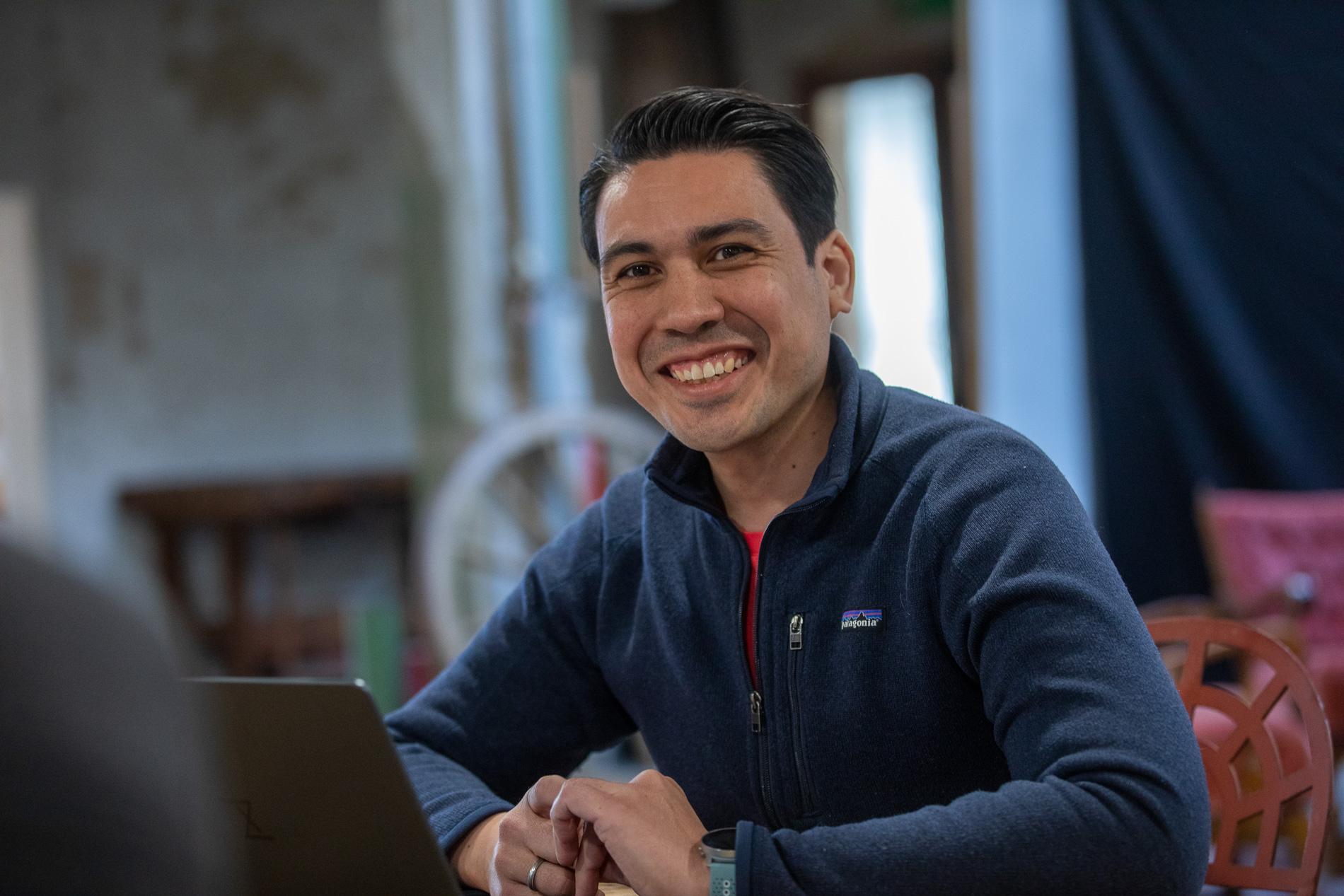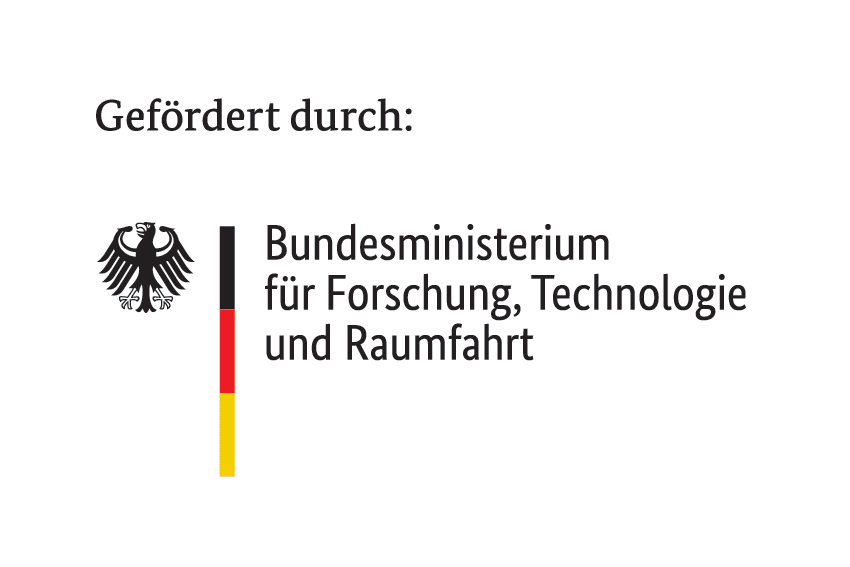“AI applications are the key to digitizing the entire value chain.”
22. October 2024
7 minutes
The technology-based construction company Gropyus focuses on platform-based and fully digitalized buildings in timber-hybrid construction. We talk to Erik Bossong, Expert Science Network at Gropyus, about digitalization in the construction industry, sustainable solutions for buildings and the motivation for participating in SmartLivingNEXT.

Mr Bossong, your company wants to use technology to revolutionize the way buildings are designed, built and operated in order to achieve affordable and sustainable living. That sounds similar to what we have in mind. However, you are already active on the market with your Building Operation System approach. What motivated you to take part in our research project?
Our proprietary Building Operating System (BOS) serves as a digital control and communication platform for residents and property owners. This allows operating costs to be reduced and additional services to be offered. BOS therefore contributes to added economic value for property owners and to greater resident satisfaction. The SmartLivingNEXT technology program funded by the Federal Ministry for Economic Affairs and Climate Protection (German Federal Ministry for Economic Affairs and Climate Action (BMWK)) is developing far-reaching foundations in this respect that we as providers could not achieve on our own. We expect to gain valuable insights from our partnership with SmartLivingNEXT, particularly in the area of harmonization and standardization. Gropyus exists to be part of the solution to two major social problems – the housing shortage and the climate crisis. We can tackle these challenges much better together.
According to your statements, users can save around one tonne ofCO2 if they live in Gropyus buildings. What role will digitalization play in future living environments?
In a research project for the German Federal Ministry for the Environment, we are currently developing a tool that enables the calculation and real-time monitoring of the carbon footprint of our buildings over their life cycle, including material procurement, production and construction. Only with this tool is it possible to scale the sustainability assessment of our buildings: we develop buildings as a product in order to achieve the urgently needed cost reduction in the construction industry through scaling – however, calculating the carbon footprint is time-consuming and can only be carried out by experts. The smallest adjustments lead to a renewed need for time-consuming calculations. Only through end-to-end digitalization will we be able to scale up this process.
Generally speaking: How can AI applications be used sensibly in the construction industry?
AI applications are the key to digitizing the entire value chain. They help us to achieve the necessary synergies and economies of scale. The construction industry and its processes are complex, much more so than the production of vehicles, for example. Reducing this complexity – from design to production to construction – is a sensible application of AI.
In your experience, which smart services are currently of particular interest to building owners and residents in order to generate added value?
There is currently a great need in the housing industry to manage and control buildings very easily, for example in the monitoring of consumption data or ESG reporting. This ensures improved processes and helps to increase efficiency and reduce operating costs.
We often receive feedback from residents that they would like to book additional services, such as internet, via a standardized interface. The control of heating, air conditioning, lighting, blinds and door locks as well as the setting of routine processes are also of great interest. The classic smart home features are desired as a ready-made solution that should be available when moving in. Overall, smart services enable better control and transparency with regard to energy, security and comfort. They create considerable added value for building owners and residents in both the short and long term by making everyday life easier and promoting sustainability at the same time.
Let’s take a look into the future: What new services do you think could emerge if data really could be accessed securely and without technical hurdles across all buildings?
By networking several and many buildings, ever greater efficiencies can be generated: Local clusters allow very good energy management, in which buildings as a whole act as storage units and can coordinate efficiently with neighboring buildings depending on their energy requirements. At the same time, the evaluation of anonymized data will allow conclusions to be drawn about the interrelationships between many factors that have not yet been taken into account: Energy requirements and maintenance work will be much easier to anticipate. The microclimate can be improved by coordinating buildings in local clusters, in which, for example, buildings that are still shaded cool buildings that are already overheated, while the process works the other way around when heat is required. The safety of residents can also be increased. Acute warnings can be distributed in real time; based on real-time data obtained via sensors from a building built close to a river, for example, warnings can be issued independently to houses further downstream or inland.
The SmartLivingNEXT research project is set to enter the commercialization phase in around two years. Are there things that you consider essential for your company to actually join this smart living ecosystem later on?
Of course, it is particularly important for us that the platform is widely accepted – so it is also important for us that a great deal of public relations work is carried out during the exploitation phase. We see the opportunity to offer our own services on this platform beyond our buildings. We have high hopes here, especially in the area of standardized semantics! In our view, it is essential that the federal government underlines the importance of this platform by creating interesting and attractive participation offers for companies.
Mr. Bossong, thank you for the interview!
Listen to the article (in German)
Editorial office:
Ilka
Klein
Category:
Flagship project
Copyright information
Foto: © 2024 Michael Schmidt – www.schmidt.fm




